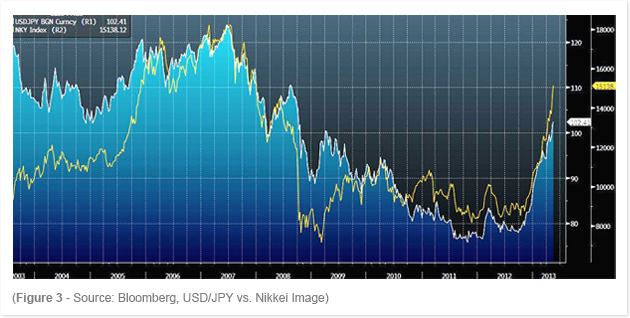How Equities Affect The FX Market_3
Post on: 16 Март, 2015 No Comment

FX Strategy
The currency market is one of the largest and most liquid financial markets in the world. Currencies like the U.S. dollar, the euro and the yen trade in the foreign exchange (FX) market 24 hours a day, fluctuating in value relative to each other almost constantly.
PIMCO’s FX Strategy taps this market, representing the full expression of PIMCO’s best currency investment ideas and leveraging both our deep macroeconomic expertise and our extensive quantitative research capabilities. Our approach seeks to generate returns by exploiting structural inefficiencies and valuation misalignments in global currency markets, while explicitly managing downside tail risk.
The FX Strategy expresses PIMCO’s best currency investment ideas via a unique three-pronged approach that combines quantitative, qualitative and tail risk hedging techniques:
- PIMCO’s top-down qualitative approach focuses on global macroeconomic fundamentals and incorporates analysis of relative interest rates, inflation rates, real exchange rates, monetary and fiscal policies, trade account balance and current account balance, among other factors.

PIMCO applies the same secular and cyclical investment process we use for bond management to currency management. PIMCO’s currency investment process includes both top-down and bottom-up decision-making.
The PIMCO investment process starts with the PIMCO annual Secular Forum during which the firm develops its three- to five-year outlook for the global economy. In the currency space, we incorporate analysis of relative interest rates, inflation rates, real exchange rates, purchasing power parity, monetary and fiscal policies, trade account balance and current account balance among other factors to determine our long-term currency exposures.
Then, PIMCO investment professionals meet quarterly in Cyclical Economic Forums to evaluate growth and inflation over the business cycle horizon of the next six to 12 months. During this process, we discuss factors that influence exchange rates in the short term, such as flows, market technicals and government policy, in an effort to refine our bottom-up selection process for both long and short currency exposures.














